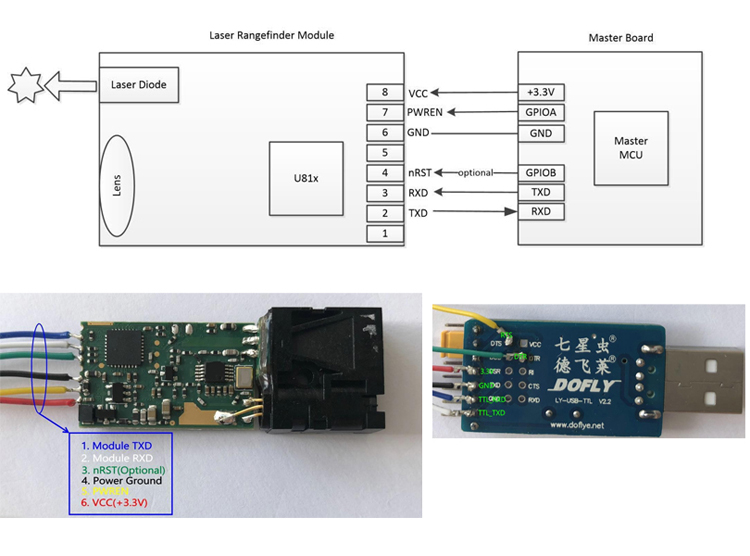Tomato bacterial wilt is a kind of sudden disease. The damage is more severe in the summer with high temperature and more humidity. The greenhouse cultivation mainly involves infestation of tomatoes after autumn or autumn and winter. (1) Symptoms: Although there was infection at the seedling stage, symptoms did not appear. Until the early stages of tomato fruit set, the leaves at the top, bottom, and middle of the diseased plants appeared wilting, which was generally obvious at noon and returned to normal after the evening. After the onset, if the soil is dry and the temperature is high, it will die after a few days. The wilting time of the diseased plant is very short. When the plant is dead, the plant remains green, and only the leaf color becomes lighter, so it is called bacterial wilt. The roots of the diseased plants, especially some small lateral roots, turn brown and decay. When the base of the near surface is cut, the vascular bundle becomes brown and squeezed with the fingers, then the mucus is secreted from the catheter. (2) Pathogens and pathogenic conditions: Tomato bacterial wilt is a bacterial disease caused by vascular bundles invaded by Pseudomonas parenchyma. The pathogens overwinter in the soil or directly in the soil. Life is generally about 14 months old, and it spreads with rainwater, irrigation, agricultural implements, and agricultural operations. The bacteria invade into the plant body from the wounds of the roots or bases of the stems, multiply within the vascular bundles, and rise and spread along the flow of the catheter, destroying or blocking the catheters, causing the tomato to lack water and causing wilting. High temperature and high humidity can easily induce bacterial wilt. In addition, seedlings are not strong, many years of continuous cropping, cultivating roots, low-lying water, or excessive water control, uneven wet and dry, can aggravate the disease. (3) Control measures: 1 Select anti-blossom varieties. 2 Breeding strong seedlings or grafted seedlings, grafted wild tomato CH-Z-26 can be used as rootstock. 3 Summer seedlings use shade seedlings. 4Chemical control: In the early stage of disease, use 50% rivastigmatic wettable powder 800-1000 times, or 72% agricultural streptomycin sulphate soluble powder 4000 times, 50% DT wettable powder 400 times, or 25% nitroxanthin Copper liquid agent 500 times irrigation, each irrigation 0.3-0.5 liters, irrigation 8-10 days 1, and irrigation 2-3 times.
New product of U85 micro laser distance sensors use highly focused class 2 laser to detect objects or measure distances, and can return a measured value via varieties intface( serial, usb, rs232, rs485, bluetooth etc.). The electronic distance sensor is a very small Laser Distance Sensor, but high resolution up to 1mm and long distance measuring sensor - teachable measuring range of up to 30m. Extremely accurate distance sensing sensors, errors down to ± 1mm. And the mini sensors and measurements support continuous measurement function, great for compact solutions(eg: robots) with the smallest Laser Distance Sensor of the world!
Parameters of U85:
Accuracy
±1 mm (0.04 inch)
Measuring Unit
mm
Measuring Range (without Reflection)
0.03-20m/0.03-30m
Measuring Time
0.1~3 seconds
Laser Class
Class II
Laser Type
620nm-690nm, <1mW
Size
41*17*7mm (±1 mm)
Weight
About 4g
Voltage
DC2.0~3.3V
Electrical Level
TTL/CMOS
Certifications
CE, FCC, RoHS, FDA
Operating Temperature
0-40 ℃ (32-104 ℉ )
Storage Temperature
-25~60 ℃ (-13~140 ℉)
Mini Laser Distance Sensor,Optical Laser Distance Sensor,Smallest Laser Range Sonsor,Laser Measuring Sensor Chengdu JRT Meter Technology Co., Ltd , https://www.infrareddistancesensor.com